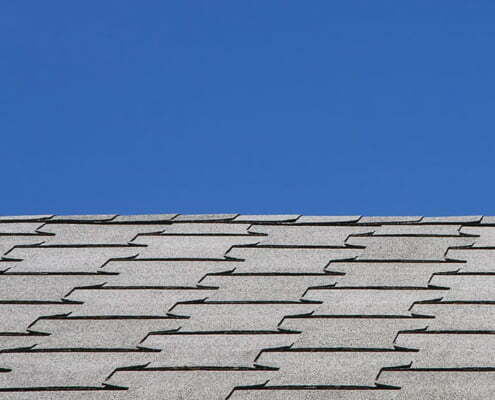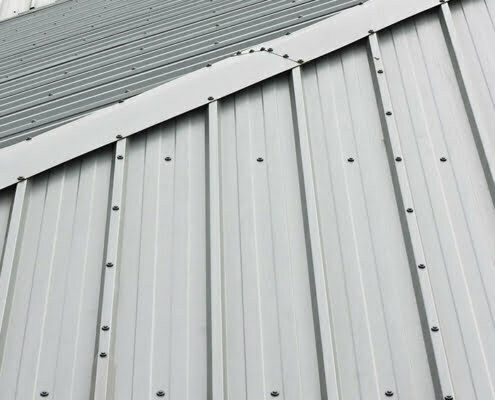Some frequently asked questions.
How long should a roof replacement take?
It is difficult to determine the exact length of time a roof restoration should take however on average 2-4 days should be sufficient depending on roof size and other factors such as the weather.
Do you offer free quotes?
All our quotes are free. We will conduct a prompt onsite consultation at a suitable time. Once on-site, we will get up on your roof, photograph the problem areas, and explain what needs to be done. We will provide a detailed written quote for your review.
What areas do you service?
Sydney Roof Maintenance services Sydney, Blue Mountains, and Sutherland. More specifically:
- Sydney
- Eastern Suburbs
- North Sydney
- Northern Suburbs
- Northern Beaches
- North Shore
- Inner West
- Hills District
- Blue Mountains
Are all your team qualified tradesmen?
Our tradesmen are fully qualified and have extensive roofing experience. Sydney Roof Maintenance is fully licenced and insured for metal, tile, and slate roofs with OH&S plus public liability insurance to give you peace of mind.
What style of roof should I choose for my house?
Whether you are building from scratch or choosing a new roof for your existing home, a wide range of materials are readily available and worthy of consideration. These materials consist of asphalt, wood, and composite shingles, as well as slate, metal, concrete, and clay tiles. If you are remodeling or installing a new roof, your new roof will depend on your choice of roofing material. Should you be considering other options, you’ll want to consider not only the cost but the colour, texture, weight, and durability of your selection as well as what traditionally have been used on houses like yours.
How do I determine if a roof should be replaced?
In time, every roof needs to be replaced, usually due to the long term effects of weathering. If a residential roof is more than 20 years old, it is a prime candidate for re-roofing. Ways to ensure your roof needs replacing include:
Look for things on the inside such as places where the roof deck is sagging, signs of water damage or leaking, dark spots and trails, and outside light showing through the roof.
On the exterior on the rood, pay attention to such things as damaged flashing, missing shingles, curling, blistering, buckling, and rotting and algae growth.
Visually inspect your roof for cracked torn, bald or missing shingles.
Scan the roof for loose material or wear around chimneys, vents, pipes or other penetrations.
Watch out for an excessive amount of shingle granules (they look like large grains of sand) in the gutters – this is a sign of advanced wear.
Check for signs of moisture, rot, or mould. Even if wet spots are not always directly under your faulty shingle; water can travel down to its lowest spot before it drips. Mould, fungi and bacteria can grow quickly – within 24-48 hours of a water-related problem
Examine the drainage, and make sure gutters and downspouts are securely attached. Also, ensure all drains are open and allow water to exit, and all gutters and downspouts are free of debris.
Check that all bath, kitchen, and dryer vents go entirely outside of your home, not just into the attic.
My roof is leaking, do I need to have it replaced completely?
A leaking roof is a bad thing. However, it doesn’t necessarily warrant a complete roof replacement. How much repair and work needs to be done on your roof depends on the level of damage caused by leaking. Talking to a professional is the best way to know whether only minor repair OR a full roof replacement is necessary.
There are many problems that can lead to roof leaking, which is why it’s important to inspect your roof periodically and check for common warning signs. You can perform this inspection yourself, but it is a good idea to hire a professional at least once a year to check for any serious roof problems.
Can I repair the roof myself?
While some small jobs can be tackled by DIY homeowners, major work or a roof replacement is a pretty complex process that requires training and thus should be left to the professionals. Professional roofing contractors goes to through training and certification by the manufacturer of the materials in order to obtain extended manufacturer warranty. The manufacturer won’t offer (or void) the warranty if the roof is repaired by a person he is not trained by the manufacturer.
How long will my roof last?
There are a lot of factors that go into how long a roof will last. While most roofs have a warranty, this doesn’t mean that your roof will necessarily go this long without needing to be replaced. Some will wear out faster due to severe weather and environmental conditions, while others could last longer. Most roofs, however, are designed to last between 15 and 25 years; some types of slate and metal roofs could last longer.



